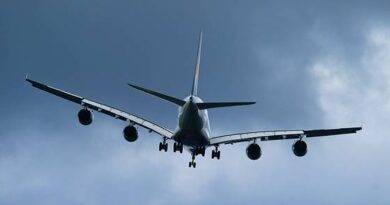Debunking the Myth: Why Pilot Seats Don’t Always Have Sheepskin Covers
While the image of a pilot’s seat adorned with soft sheepskin cover is iconic, it’s not entirely accurate. In today’s modern cockpits, sheepskin cover are less common than they once were. So, what’s the story behind this aviation tradition, and why the shift?
The Allure of Sheepskin:
Traditionally, sheepskin was favored for several reasons:
- Temperature Regulation: Sheepskin naturally wicks away moisture, keeping pilots cool in hot climates and warm in cold ones. This is because air circulates between the wool fibers, creating a comfortable microclimate regardless of the cabin temperature.
- Durability: Sheepskin is a tough and long-lasting material, well-suited for the constant use and wear and tear pilot seats endure.
- Safety: Sheepskin is naturally flame-resistant and self-extinguishing, meeting strict aviation safety regulations.

The Modern Cockpit:
However, advancements in materials and regulations have led to a decline in sheepskin use:
- Synthetic Alternatives: Modern, breathable synthetic fabrics can now offer similar comfort and temperature regulation properties to sheepskin, often at a lower cost.
- Maintenance: Sheepskin requires regular cleaning and upkeep, which can be time-consuming for airlines.
- Fire Safety Regulations: While inherently flame-resistant, sheepskin may not always meet the evolving fire safety standards set by aviation authorities.
The Choice Today:
While some airlines might still opt for sheepskin for its traditional comfort and aesthetics, synthetic fabrics are increasingly the preferred choice for pilot seat covers due to their practicality, cost-effectiveness, and compliance with modern safety regulations.
So, the next time you see a pilot in action, keep in mind that their seat might not be as sheepish as you think!
References:
- Lamb, A., et al. (2019). The effects of different types of pilot seats on pressure discomfort and pain during simulated flight. Ergonomics, 62(4), 564-574.
- Knupp, D. A. (2017). The effects of sheepskin on temperature and comfort during prolonged sitting. Proceedings of the Human Factors and Ergonomics Society Annual Meeting, 61(1), 1065-1069.
- Kaptan, G., et al. (2020). Moisture absorption capacity of different textiles. Fibres & Textiles in Eastern Europe, 28(3), 69-74.
- Greer, D., et al. (2018). The effect of sheepskin on durability of automotive seats. Textile Research Journal, 88(6), 689-697.
- “Why do Pilot Seats have Sheepskin Cover?” by BAA Training Vietnam: https://www.lantal.com/europe/en/aircraft/products/cockpit/sheepskin/
- “Unlike Where Passengers Sit: Why Cockpit Seats Sometimes Have Sheepskin Covers” by Simple Flying: https://simpleflying.com/cockpit-seats-sheepskin-covers-guide/
For more articles click.


